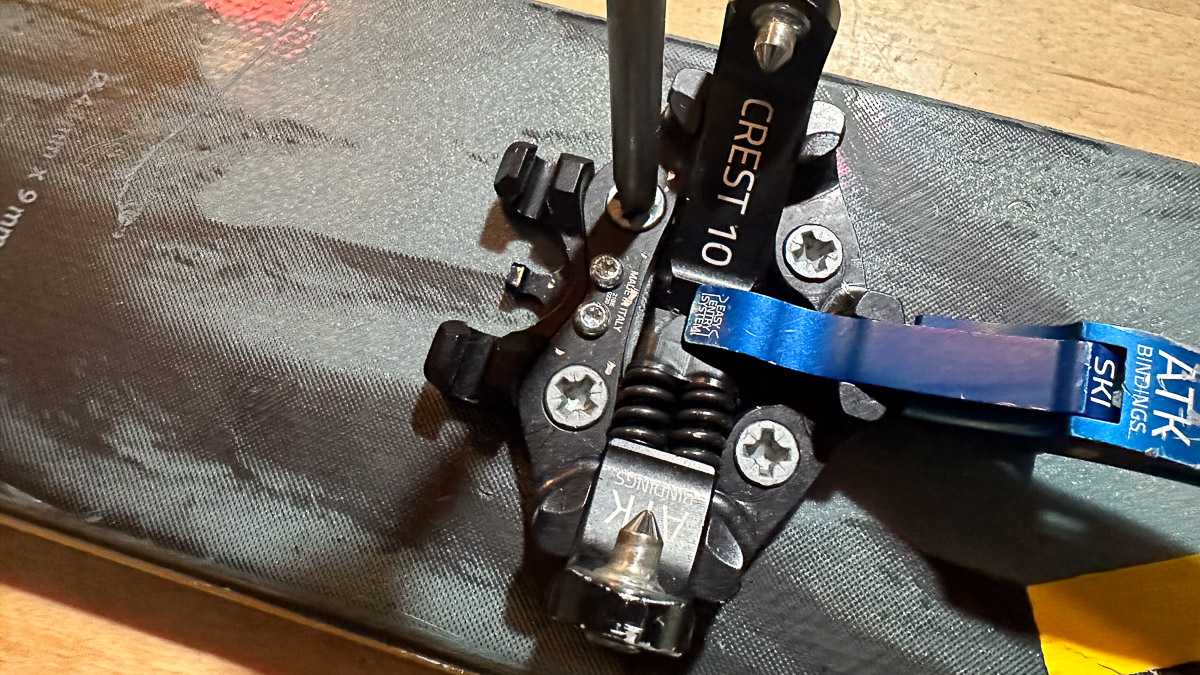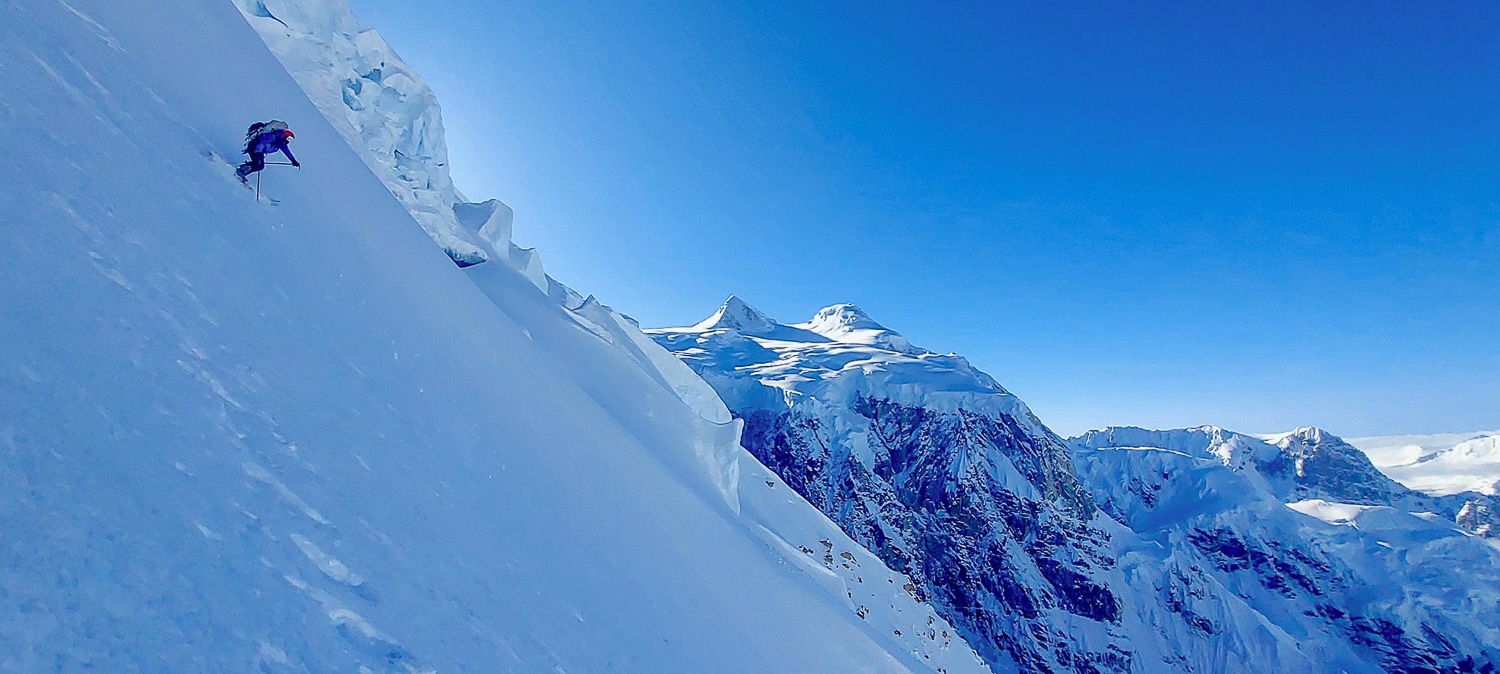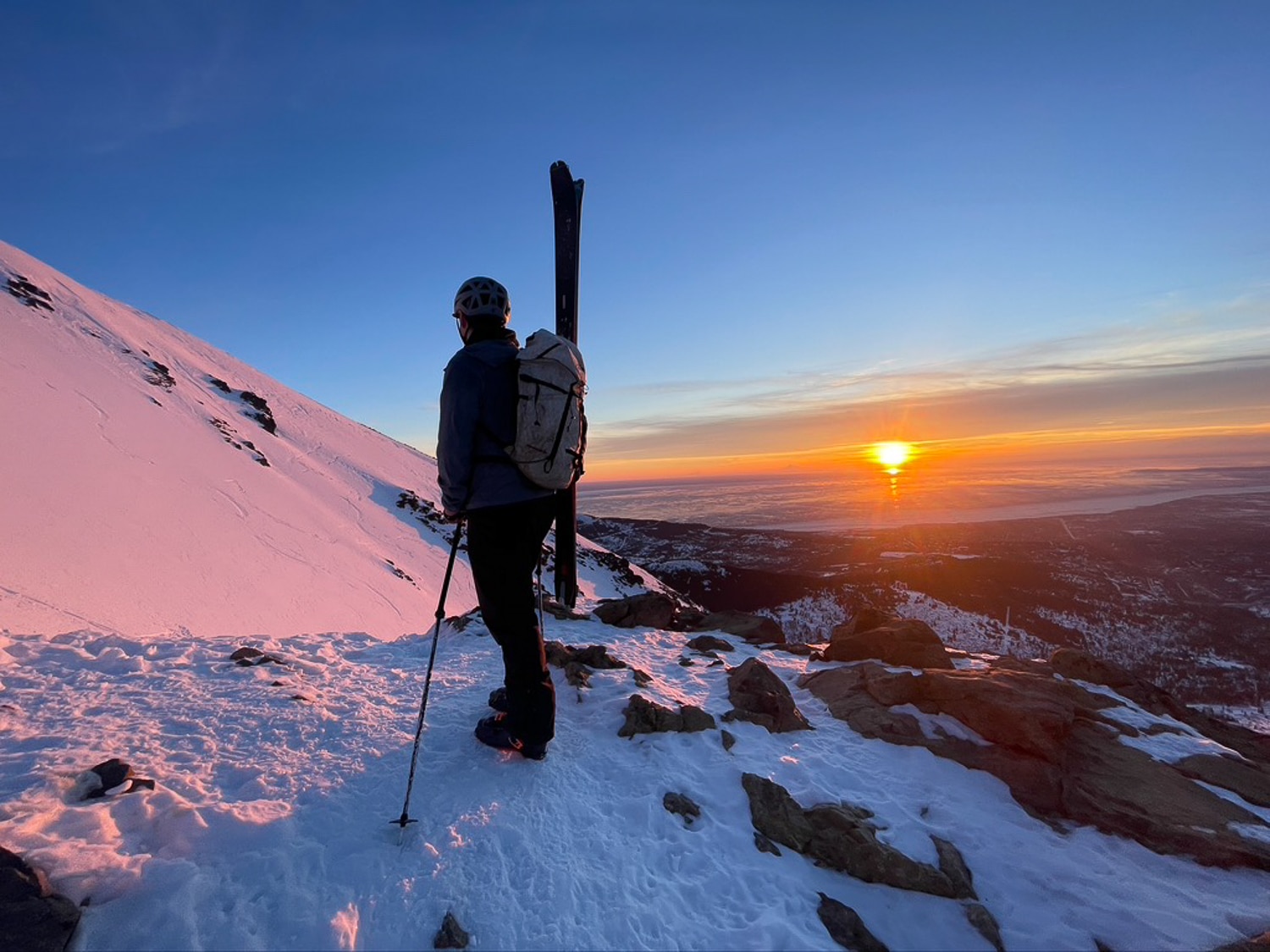Consider this the clarion call for the preseason backcountry gear once-over. It is the pre-season gear check. You might as well make it count now–nobody likes a gear failure. We’ll go in the order of boots, bindings, skis, skins, and poles.
THR Pre-Season Gear Check

The basics: check all the binding retention screws for tightness. Hand tighten but certainly, don't over tighten.





Leave a Reply
You must be logged in to post a comment.